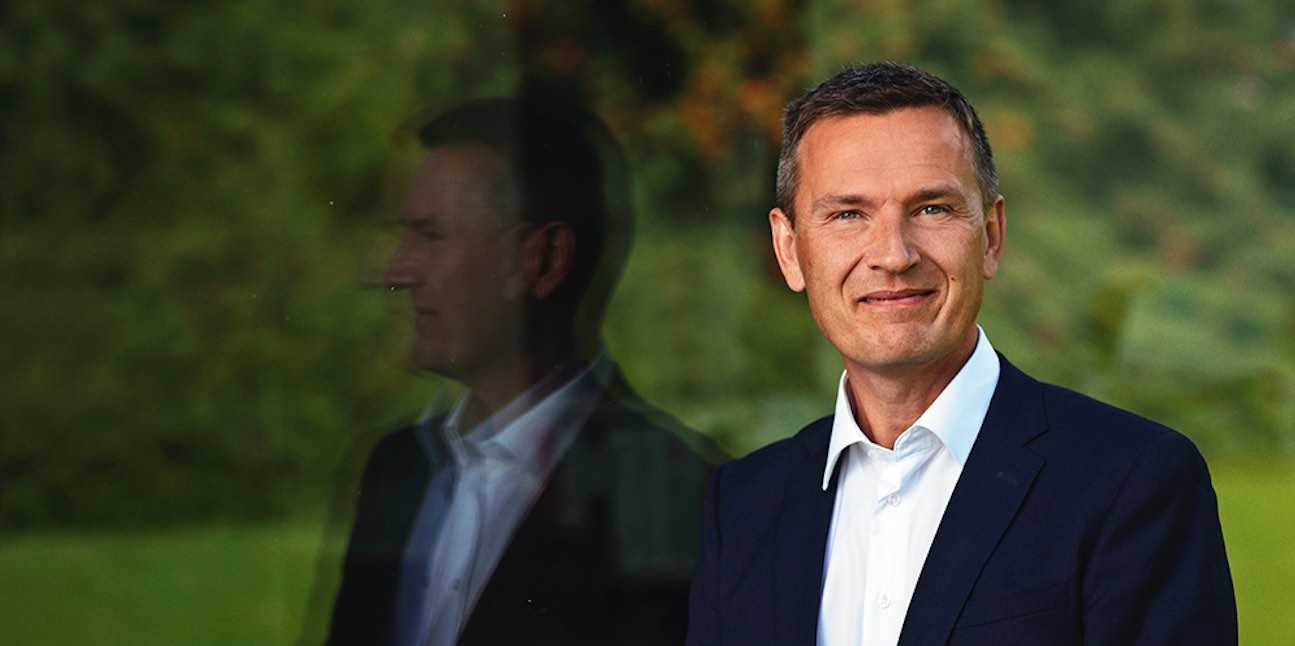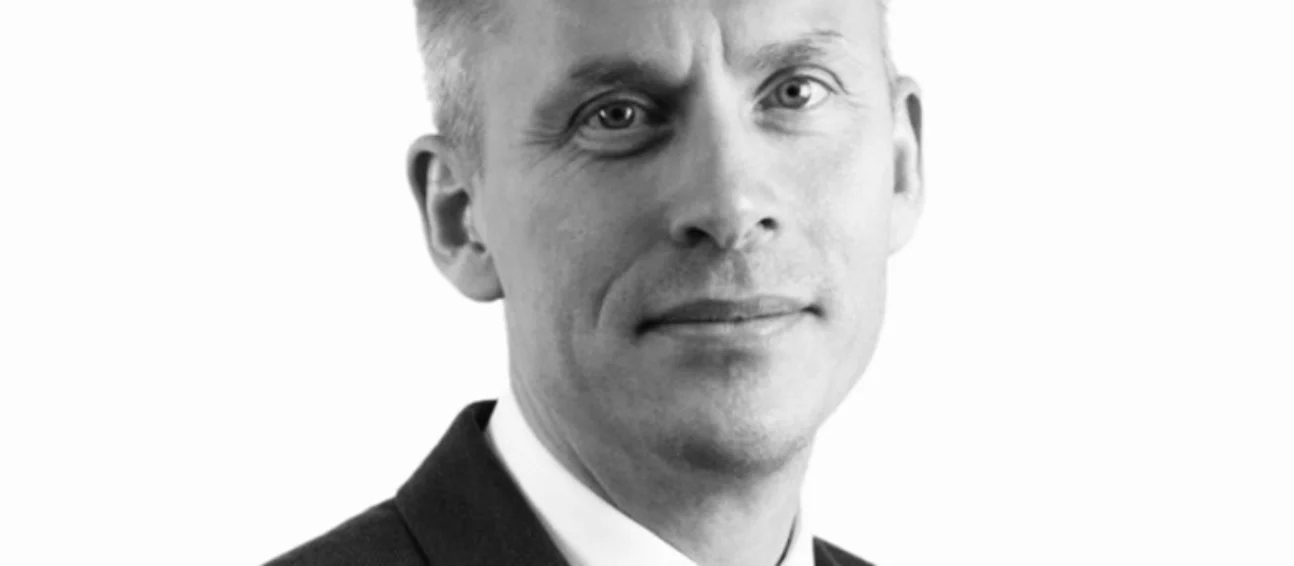By Hamlin Lovell, NordicInvestor
This article is a part of our 2021 Nordic Insurance Report. The full report can be found here
AP is the 11th largest pension fund in Denmark, with assets of DKK 140 billion and 140,000 members who are all academics, and who elect half of its board. AP is distinguished by its extensive ESG policies, including engagement with companies outside Denmark. AP is also unusual in having a third party license for asset management, and running money for other pension funds. Hamlin Lovell interviewed AP Chief Investment Officer, Anders Schelde.
The Pandemic: Remote Working, Volatility and New Manager Engagement;
Less dialogue with colleagues and new managers
“Working from home has not been an advantage at all. Although we got technological tools in terms of hardware and software, it is not good for work performance. A creative process flows best when people are physically together because we do not only communicate in spoken language. It is also socially difficult”.
“We had less engagement with new managers, because we could not travel to meet them and had to postpone some meetings and decisions. We get a lot of value from onsite due diligence in the alternatives space”.
More frequent valuations for unlisted investments
“Market volatility stress tested our valuation models on unlisted investments, which led to some changes in the model and sharpened up our governance procedures. We have started making monthly price adjustments to our unlisted portfolio, based on historical data and back-testing, using indicators from listed markets. We need to do this because members can enter and exit the fund each month; after the 2009 crisis they elected to move from defined benefit to a new scheme where the defined benefit is contingent on market developments, in effect a defined contribution scheme”.
Strategic Asset Allocation; Shifting into illiquids, alternatives and green assets
“Overall, we have shifted more into illiquid and unlisted assets to diversify exposures and get yield pickups. In total, private equity, real estate, infrastructure, private credit, direct lending, illiquid credit and structured credit, add up to 23% of the portfolio. This will also grow further, partly as part of our ambition to make sure that we as an investor are in forefront of the climate transition”.
“By 2030, we plan to invest at least 6% in “green investments” in the listed space in line with the EU taxonomy, and another 6% in infrastructure that is directly related to the green transition. Of course, right now these asset classes are expensive along with all assets. The low-risk mature assets are most expensive, so we may look at early-stage assets and those under construction”.
Corporate Credit Risk
“Our view on credit is that the current environment with strong risk appetite could continue for a while longer. We see a risk of economic momentum slowing in 2022. If inflation leads central banks to raise rates faster than is priced by the market, that could be a threat”.
Tactical Asset Allocation; Coronavirus crisis trade
“Volatility in early 2020 gave us the opportunity to pursue some tactical asset allocation. We reduced risk in late February 2020, and added it back in mid-March 2020. We think there was both luck and skill involved. We are very selective in TAA and only do it when we have a strong market view. These were the only two major tactical trades we did in 2020”.
Liquidity and Cash Management
“We have optimised processes to stay fully invested. We only hold a negligible amount of short-term cash. However, we cannot avoid negative yields on shorter term bonds, but given our market view we do not think it is the right time to move further out on the yield curve, so we just have to live with that”.
In House versus External Management
“Two thirds of the portfolio is managed externally and one third is in house. Most of the internally managed assets are Danish equities and bonds, but we also run a few global mandates internally.. Insourcing is a growing trend for us as assets have grown. We might insource some credit exposure. We are taking a gradual and cautious approach. Of course, we save on fees, but we have to make sure we get the same quality and investment returns”.
“Alternatives are managed externally, with the exception of some real estate in Denmark that is run in house”.
Third Party Management
“We run Danish equities for external clients including Danish pension fund LD Fonde. It is a public fund where we won a recent tender to manage their Danish equities. We are not a traditional commercial asset manager as such, so we focus on clients that share our values and approach, and whom we can build scale with to the benefit of all. Also, it helps us stay sharp if can to attract external clients. We become better at engaging with our external managers, and we have a stronger voice with companies in terms of active ownership and responsible investing”.
ESG Policies
“Our mission is to generate high returns on a responsible basis, and we see no conflict between these two goals”.
“We are a medium size pension fund and I believe that we have stronger ESG policies enforcement than many other funds, in several areas. Our annual ESG report is our flagship report where we try to showcase this”.
Exclusions
“We have a tougher approach to exclusions than many other pension funds, and in our experience, you do not lose leverage in your engagement with the companies because you exclude them. In fact, it is often the other way around. We have divested most fossil fuel exposure, and are steadily expanding to other sectors with stranded asset risk such as utilities. In sovereign debt we also exclude 45 countries, and exclude state-controlled companies in those countries. We mainly look a number of quantitative indicators of human rights, and we look both at the level and direction of these indicators as well as a host of more qualitative inputs. Exclusions include Saudi Arabia, China and Belarus, and we have now started using our own benchmarks in the EMD space because with have excluded several of the large issuers in the mainstream benchmark”.
Engagement outside Denmark
We engage on whatever is relevant, which could be E, S or G”.
“We are one of very few Danish pension funds who engage with companies outside Denmark on our own. We have recently spearheaded engagement with Toyota, on lobbying. This campaign has criticized the CEO of Toyota for questioning the Japanese Government’s plan to ban new ICE vehicles by 2035. “This feels like David against Goliath in the Bible, though we did also get support from other investors, including some Climate Action 100 investors”. Three other Nordic investors – Storebrand Asset Management, Nordea Asset Management and KLP (all of which have been interviewed by Nordic Investor) have also engaged with Toyota on this matter.
Engagement inside Denmark
In 2021, AP has prioritized asking Danish companies to accelerate their adoption of TCFD reporting. “We have put forward shareholder proposals asking them to sign up to TCFD and start using the TCFD template and recommendations in their public accounts. Danish companies should be at the forefront of this in our view. We do not see any reason for the largest listed Danish companies not to be using TCFD, as it is recommended by the Danish government and about to become mandatory throughout the EU”. This campaign has so far targeted Christian Hansen and DSC Panalpina., between November 2020 and March 2021, but we pulled the proposal at several other companies as they agreed to our proposal.
“We have also put forward shareholder proposals asking companies to consider if there are any benefits to publicly reporting tax transparency on a country by country basis”. This campaign has so far targeted five Danish companies: Christian Hansen, Coloplast, Carlsberg, GN Store Nord and FL Smidth, between November 2020 and March 2021.
Impact Investing
“Our target to invest at least 12% in green assets by 2030 is ambitious, we view that as our main impact contribution”.
Climate Transition
“And for assets that are neither “brown” or “green” we are focused on climate transition. We are committed to net zero emissions by 2050 as a very long-term goal, and have joined the Net Zero Asset Owner Alliance. Shorter term, we also have set an ambitious target for reducing our 2019 emissions by 27% by 2025, a goal we came up with based on the science-based climate scenarios, so that we can sure it is compliant with the Paris agreement. This is an important yardstick to see if we are on track with the longer-term goals. We pursue this both through active investment and engagement”.
Carbon and climate Reporting
“We have started reporting scope 1 and scope 2 emissions, and are waiting for better data quality before publishing Scope 3. The data is getting better and we will soon publish it for a list of the largest 20 emitters in our credit and equity portfolios”.
“Climate VAR is used mainly for internal analysis at present”.
EU Regulations
“The definition of the EU taxonomy may be an issue for managers with products to market, but is not an issue for us. We only have one portfolio”.
“We are not yet sure if our external mandates will be labelled as article 8 or article 9”.
“We do not see conflicts between Solvency II and ESG”.
Solvency II Framework and Reforms
“Our Solvency Capital Ratio is now over 300% under Solvency II. The liabilities partly relate to small stock of members under the old defined benefit scheme, including both those who have retired and have not yet retired”. This means that AP has considerable freedom to invest in alternatives and illiquids including its green ambitions.



